In 1994, the Comet Shoemaker-Levy 9 (SL9) impacted Jupiter, which had captured the comet shortly before (and broken apart by its gravity). The event became a media circus as it was the first direct observation of an extraterrestrial collision of Solar System objects. The impact was so powerful that it left scars that endured for months and were more discernible than Jupiter’s Great Red Spot.
Since then, astronomers have observed multiple objects impacting Jupiter, and it is expected that such impacts happen all the time (though unobserved). On September 13th, 2021, at 22:39:30 UTC (06:39:30 PM EDT; 03:39 PM:30 PDT), another impact was observed by multiple astronomers across the world. Images and a video of the impact (shown below) were captured by members of Société Lorraine d’Astronomie (SLA) in France.
The impact was reported by Brazilian amateur astronomer Jose Luis Pereira and confirmed a day later by Harald Paleske from Langendorf, Germany. At the time, Paleske had been taking a video of the transit of Io’s shadow when the event occurred, which appeared as a two-second flash. Upon reviewing the footage, he ruled out the possibility that the event happened closer to Earth (with Jupiter merely being the backdrop).
After a thorough examination, Paleske determined that the impact happened at Jovian latitude 106.9° (CM1), longitude +3.8°, and timed it to 22:39:27 UTC on September 13th. The impact was independently observed by two teams of French amateur astronomers with the SLA. According to a statement issued by the SLA, the two teams consisted of:
“Jean-Paul Arnould from his observatory in Villey-le-sec with the C11 telescope of the SLA [and] a team made up of Thibaut Humbert, Stéphane Barré, Alexis Desmougin, and Didier Walliang at the Astroqueyras observatory in Saint-Véran, with the 62 cm diameter telescope Other people around the world have observed the same phenomenon. This is the first time that so many people (currently 9) have captured this type of event.”
Thanks to the DeTeCt software/project, the amateur and professional astronomical community was issued a wide alert that allowed for rapid responses. All across the world, instruments that were aimed at Jupiter were consulted to see if they also recorded the light flash on the Jovian gas giant. The SLA also sent the data to Marc Delcroix, a Senior Research Scientist at the NTT Communication Science Laboratories‘ Media Information Laboratory in Kyoto, Japan.
Based on the images and video provided by observers, the object’s diameter is estimated at 20 meters (ft). Similar to what happened with SL-9, this object is believed to be the remnant of a larger comet or asteroid that was captured by Jupiter’s gravity that broke up shortly before the impact took place. This information and any updates on the event can be found at Delcroix’s website, who indicated that this impact could be the brightest ever observed by amateur astronomers (save for the SL-9 impact).
Light on at Jupiter! Anyone home? This bright impact flash was spotted yesterday on the giant planet by astronomer José Luis Pereira.
Not a lot of info on the impacting object yet but its likely to be large and/or fast!
Thanks Jupiter for taking the hit☄️#PlanetaryDefence pic.twitter.com/XLFzXjW4KQ
— ESA Operations (@esaoperations) September 14, 2021
“Aside Comet Shoemaker-Levy 9 impacts in 1994, never an impact was so well covered!” he wrote. Over the coming days and weeks, Delcroix and the astronomical community will examine the amateur videos to learn more about the lightcurves the impact generated. From this, they hope to obtain information on the amount of energy released, the dynamics of the impact, the physical characteristics of the impactor itself.
“Many thanks to every amateur who was implied in this event, whether discovering it, observing it, looking for it in his capture without finding it, or spreading the alert (there were hundreds of shares). Special thanks to the amateurs of the French astrosurf forums who helped me a lot to find out information on discoveries or new observations. We amateurs demonstrated our force as a community, showed our motivation, dedication and experience through this great event!”
This event beautifully illustrates how far astronomy has come in recent years. Whereas impacts with Jupiter were once thought to be rare, they are now understood to be a regular occurrence. With modern opportunities for data-sharing, networking, and collaboration between amateurs and professionals, events that would have otherwise gone unnoticed are being detected with regular frequency. That’s how vital research and discoveries happen!
Adapted from an article originally published on Universe Today.

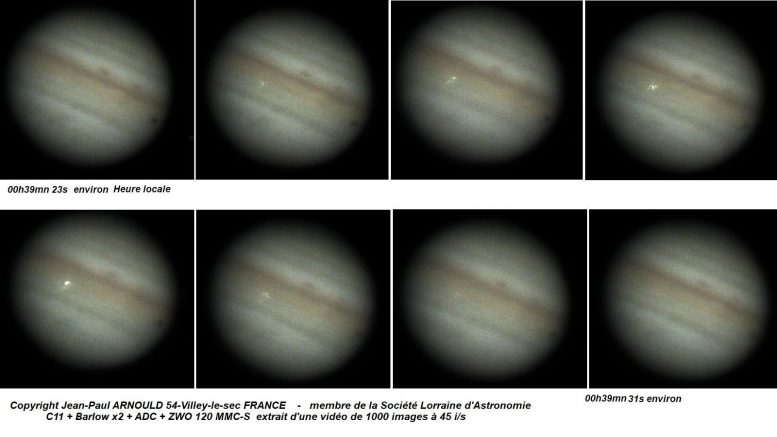
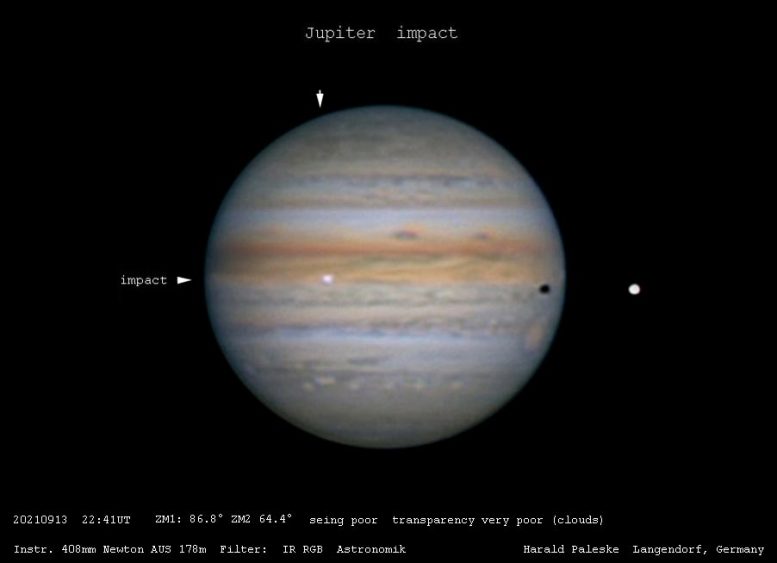
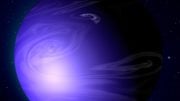
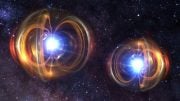

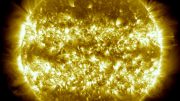


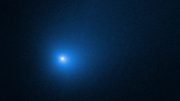

Just had a thought. Since we’re the only world we’ve been able to identify as harboring life, and since Jupiter is thought to play a significant role in attracting meteors that would otherwise rain down on Earth, do we have a program aimed at looking for signs of life in solar systems that are most similar to our own, looking for life on rocky planets with a moderate gravity, with an outer planet or planets in their system large enough to ‘protect’ the inner planets from excessive strikes, orbiting a sun not too dissimilar to our own?
We must, surely—can anyone pass along the name of this program? Thanks in advance for any references, Blair Schirmer
They’d be happy if they found something similar since it’s like watching yourself in 3rd person, but there’s still a lot of questions of Jupiter’s own history and if it screwed up Mercury and Mars while jumping orbits.
How does one figure a *latitude* of 106.9°?